
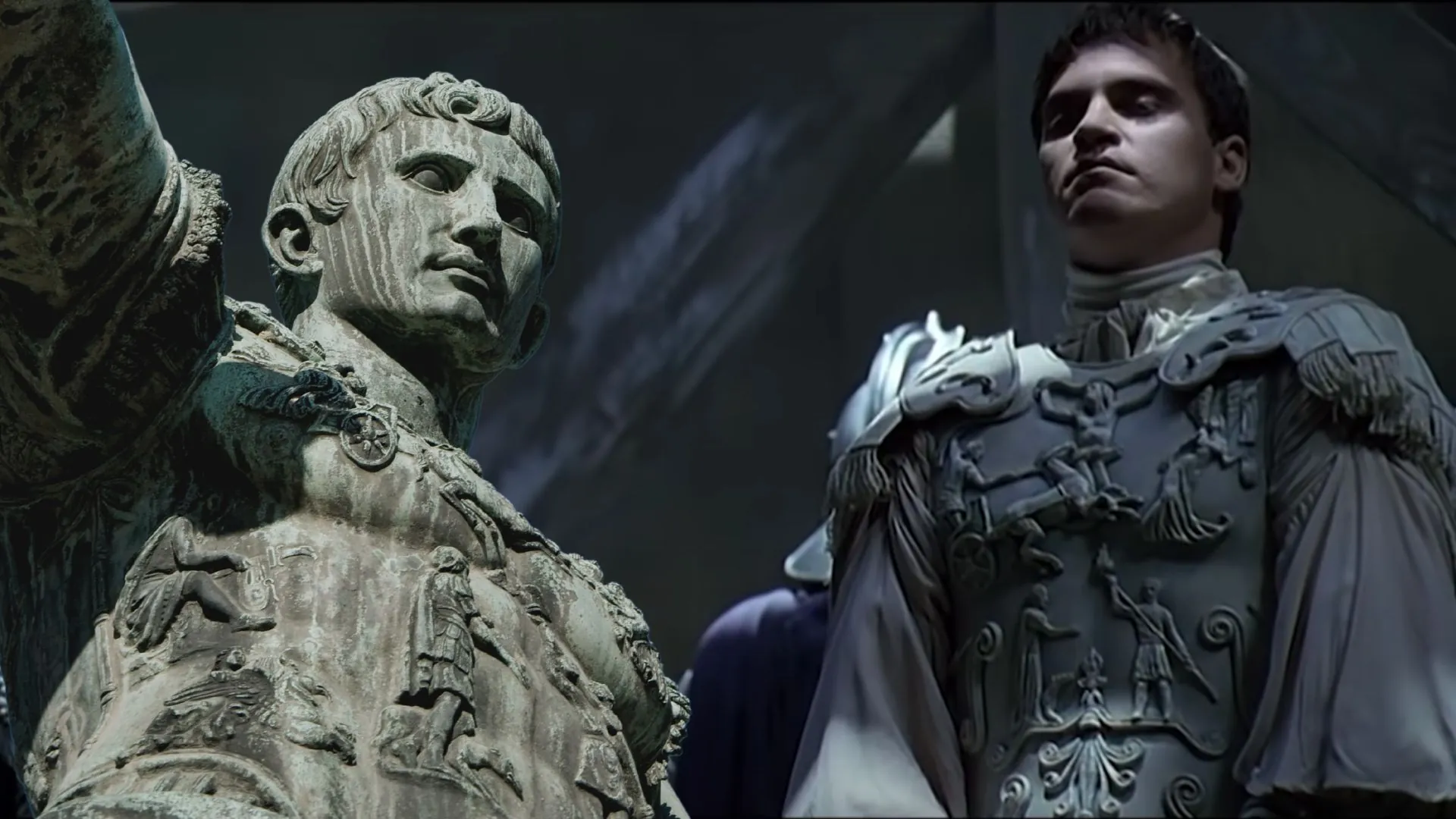

Eagle-eyed viewers of Ridley Scott's Gladiator (2000) might have noticed that the white breastplate Commodus wears while fighting in the Colosseum bears striking resemblance to a real Roman statue.
But did you know that both show a significant moment from the beginning of the Roman Empire?
Ridley Scott’s team modelled Commodus' armour on a statue type of Rome's first emperor, Augustus. We know this statue type as the Prima Porta Augustus, and it’s one of the most famous statues of the ancient world and one of the most widely diffused of Augustus himself, dating from around 27 BC.
Why the Prima Porta Augustus? Because it was in the small settlement of Prima Porta, in the north of Rome, that the first statue of this kind was discovered, on the grounds of an imperial villa belonging to Augustus' wife, Livia.

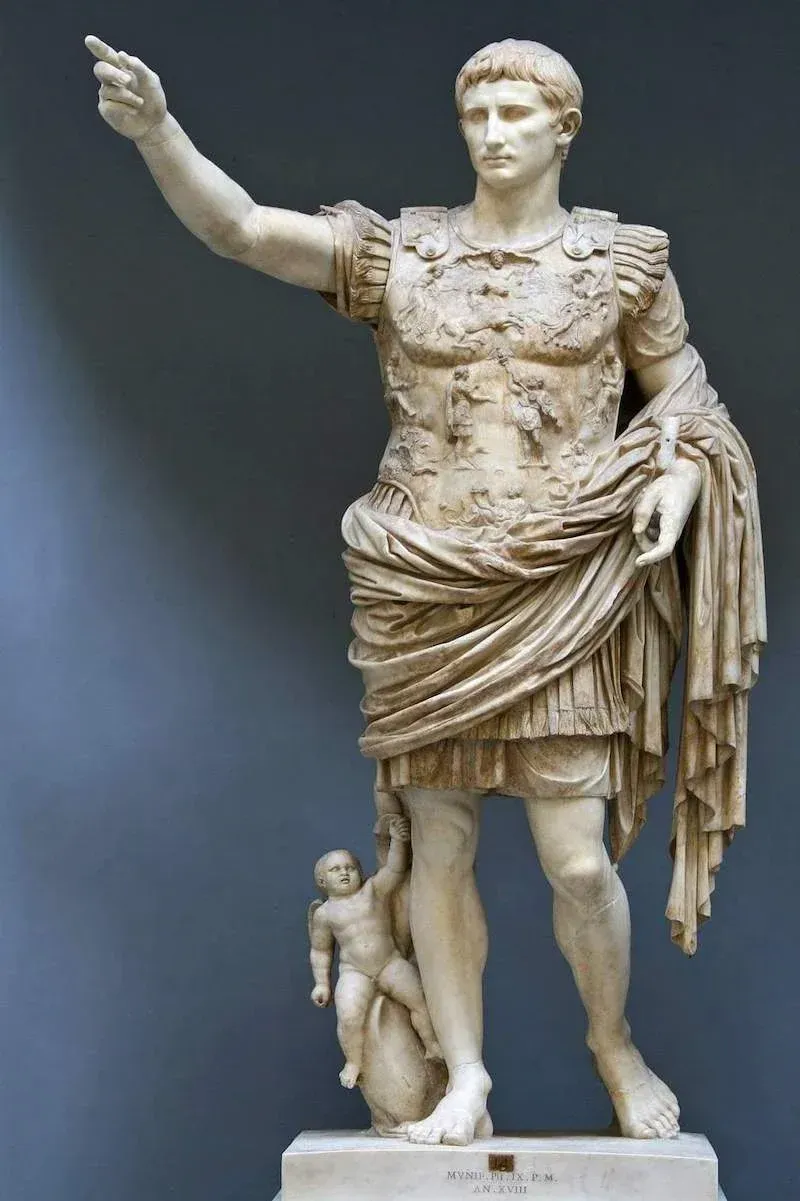
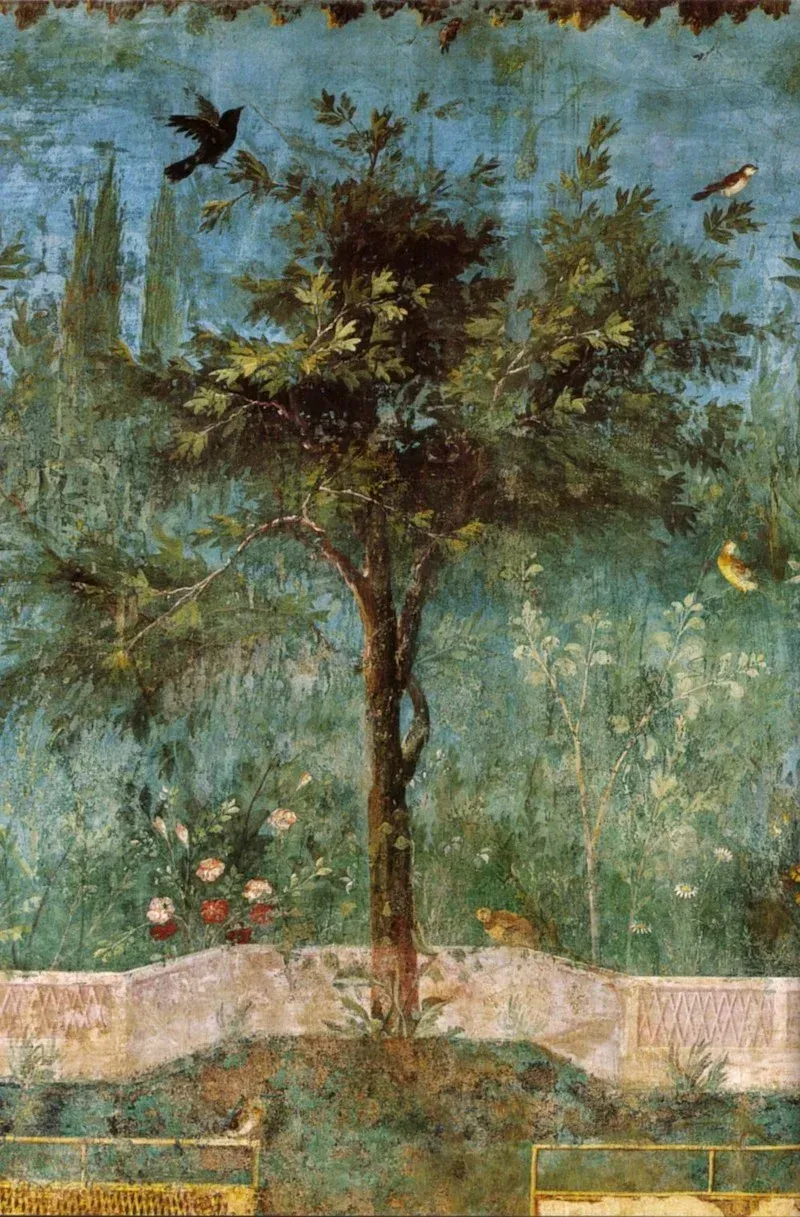
Map showing Prima Porta’s location from Rome
Prima Porta Statue of Augustus
Garden Wall Fresco from the Villa of Livia. Copyright National Museum of Rome
You can still visit Livia’s Villa, though little more than the structural foundations and mosaic pool survive. But much of what was recovered from that villa is now on exhibition in Rome’s National Museum, near Termini Station. And if you think the statue of Augustus is impressive, you’ll be blown away by the wall frescoes depicting lush garden scenes.
Anyway, back to the statue. Augustus' breastplate shows a significant moment from the early Roman Empire:
Known as the Eagle or 'Aquila' in Latin, the legionary standard was a symbol of Rome’s military might and an object of almost religious reverence. Each legion carried one into battle, meaning there were around 50 at Rome’s height under Augustus; and the prestigious legionary who carried it was known as the aquilifer—the eagle bearer.
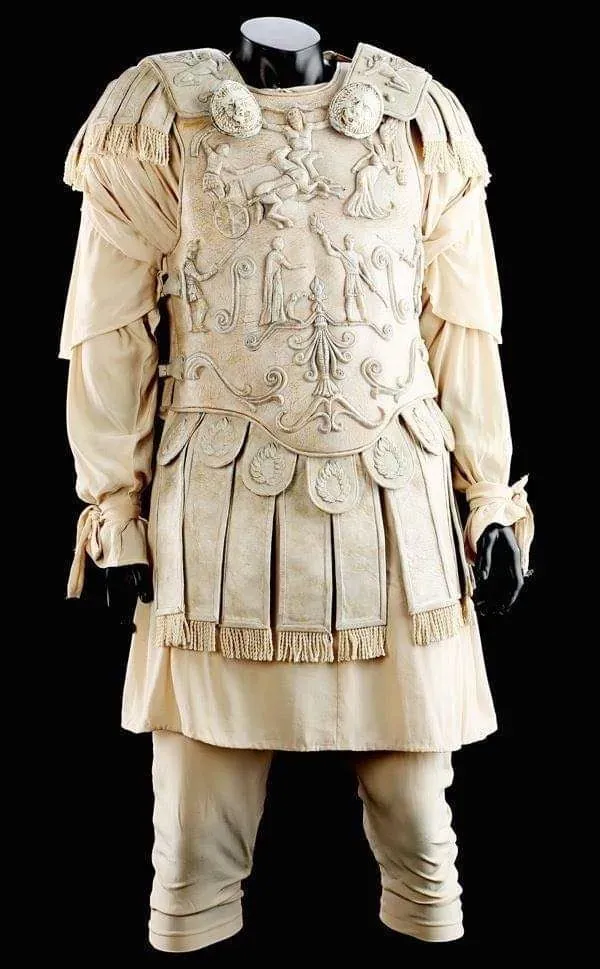
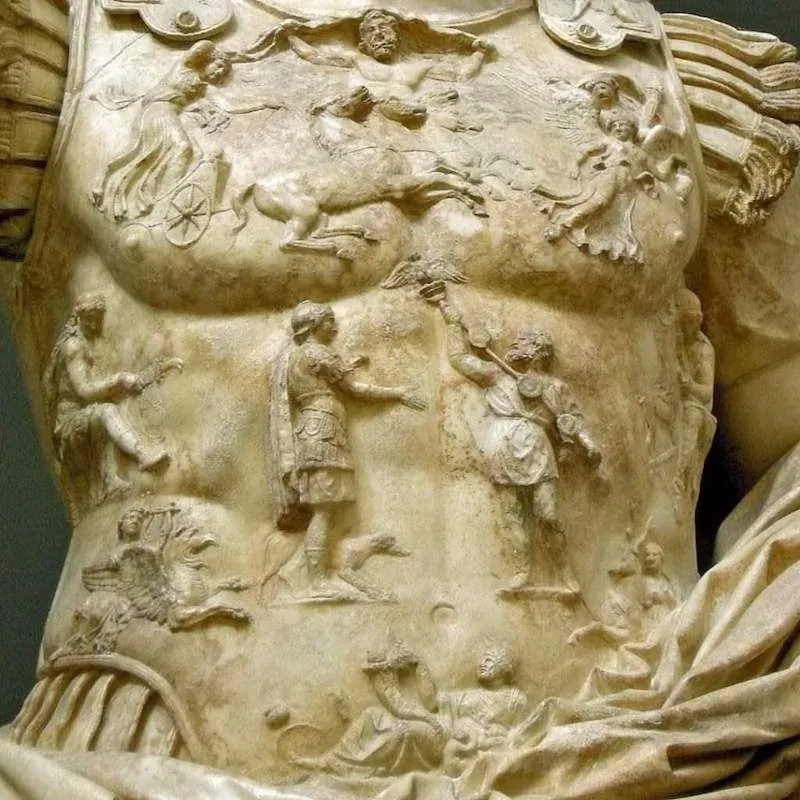
Commodus’ White Armour from the Movie Gladiator
Closeup of the Breastplate on the Prima Porta Statue of Augustus
Losing a legionary standard in battle was both disastrous and shameful (though this didn’t prevent it from happening on more than a dozen occasions), and the Romans went to extreme lengths to protect them at best and retrieve them at worst.
The first known instance of the Romans losing their standard in battle was during Spartacus’ slave revolt (73-71 BC), but the Roman general Crassus would ultimately retrieve it, defeating Spartacus’ slaves in 71 BC and crucifying the survivors along the Via Appia Antica.
Retrieving a legionary standard would mark the pinnacle of Crassus’ military career; losing another one 18 years later would mark the low point and—indeed—the end. In 53 BC, Crassus led a disastrous campaign in Parthia (modern-day Syria, Iraq and Iran) which resulted in the loss of seven legions. Crassus was killed in battle, decapitated, and had molten gold poured down his throat—mocking the infamous greed that rendered him the richest man in Rome.
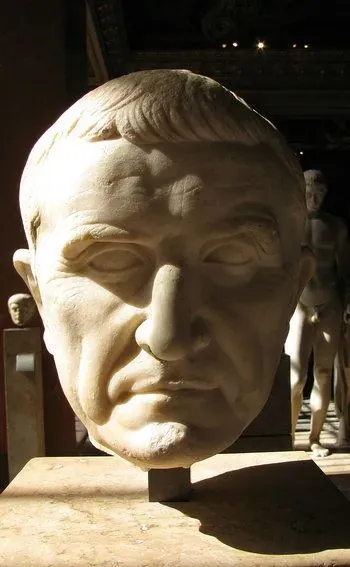
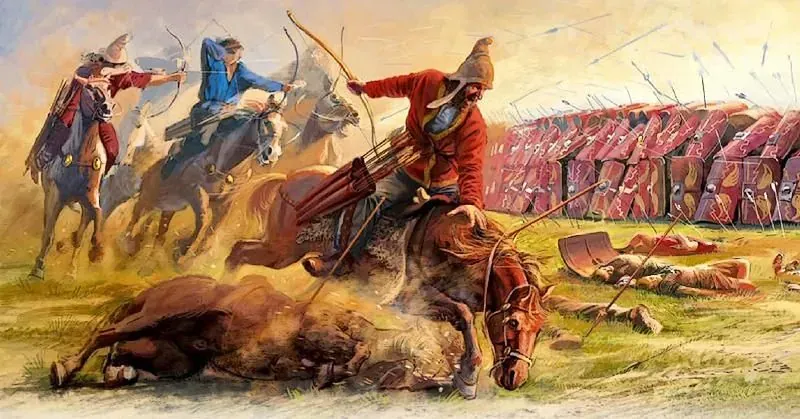
Bust of Marcus Licinius Crassus
Artistic representation of the Battle of Carrhae
Crassus formed part of the famous First Triumvirate alongside Julius Caesar and Pompey Magnus. His death marked the end of the triumvirate and set the wheels in motion for the civil war that would spell the death of the Roman Empire and the birth of the Roman Empire.
The loss of the legionary standard was a great humiliation for Rome, and when Augustus finally came to power after the decades of civil wars that engulfed Rome, he made it his personal mission to recover both the one lost by Crassus and that lost by his late rival Mark Antony (also against the Parthians).
As part of his propaganda promulgating a golden age of peace and prosperity, Augustus would portray the return of Rome’s statues and coins as a heroic victory over Parthia; in reality he had to send his stepson, the future emperor Tiberius, to beg for their return.
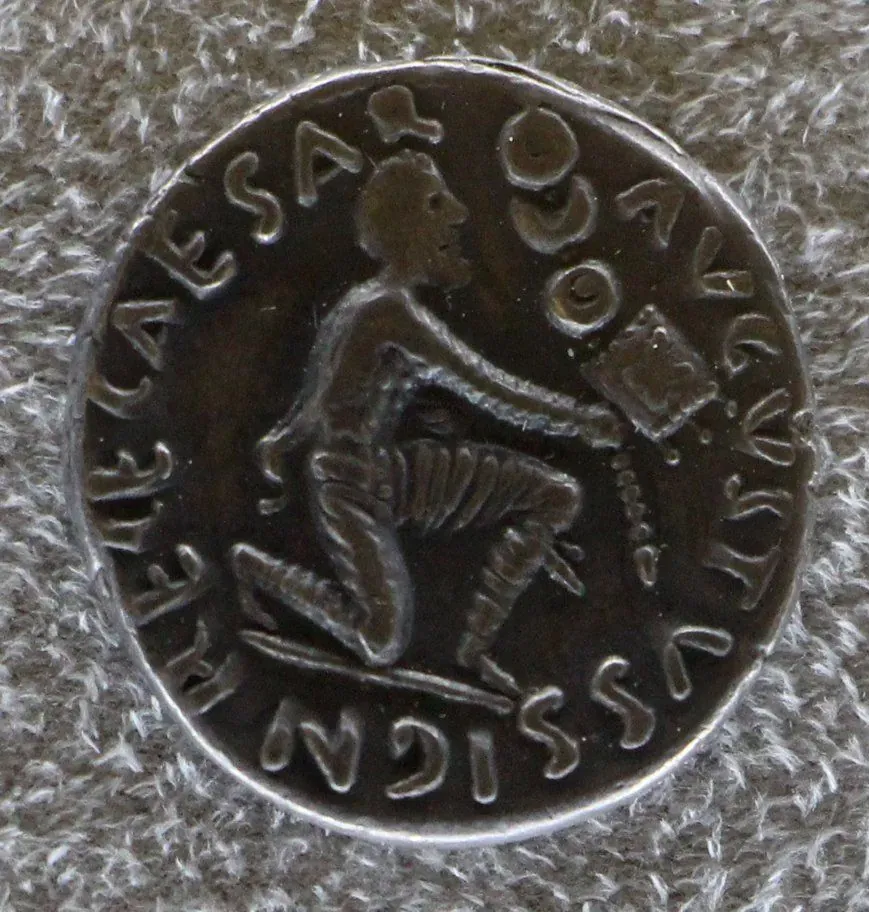
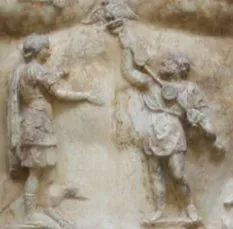
Coin from the Age of Augustus depicting the return of the legionary standard
Closeup of the Return of the Roman Standard
Both breastplates show a figure we assume to be the Parthian king returning Rome's standards to either Tiberius or the god Mars Ultor. Commodus' breastplate is a faithful copy of the original, but it lacks one thing - colour.
The ancient world was vibrantly colourful (often garishly so), and statues were no exception. By analysing paint pigmentation on the Prima Porta Augustus, archaeologists have managed to recreate how it might have looked.
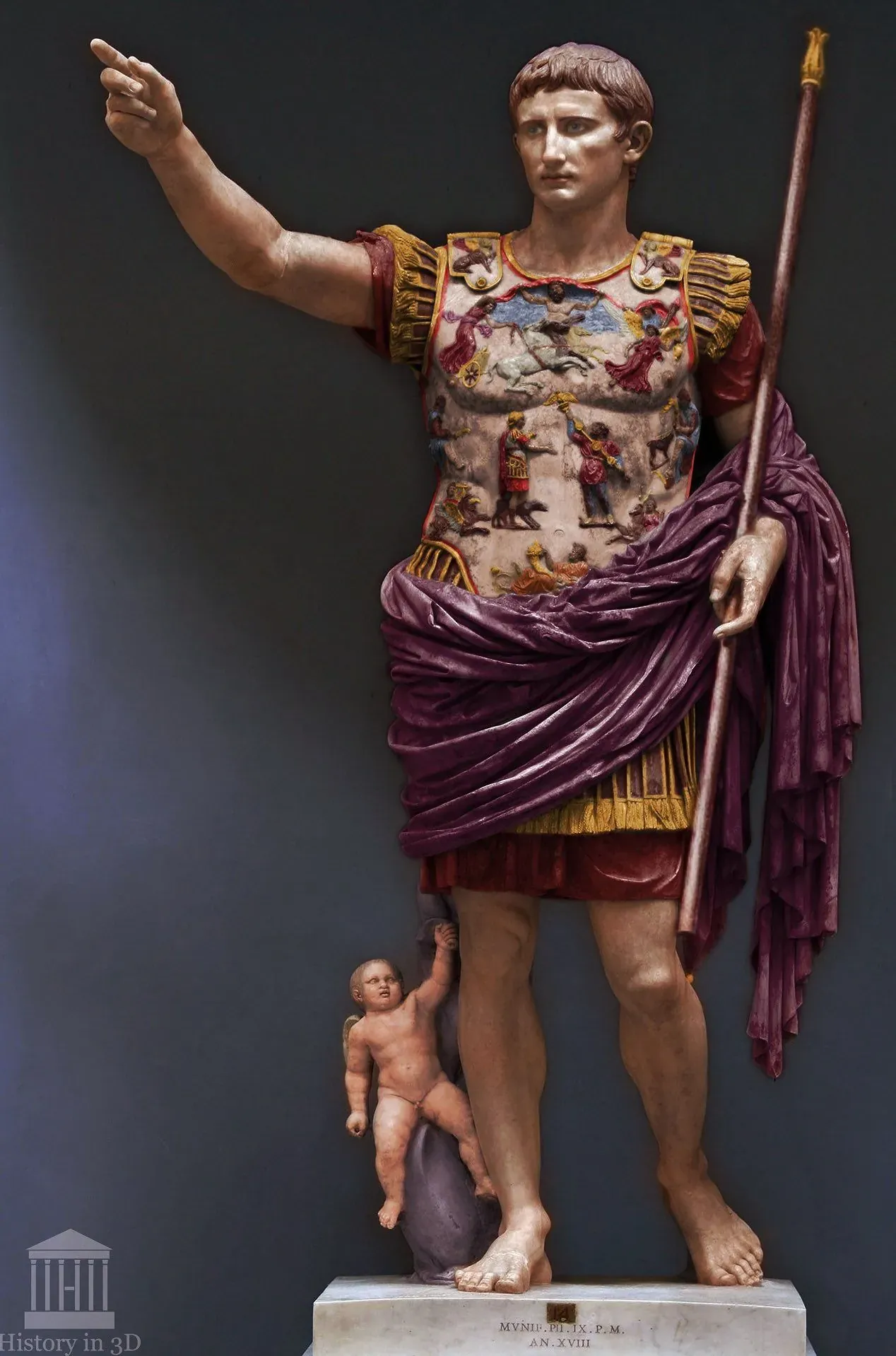
Colourised reconstruction of the Prima Porta Statue of Augustus. Copyright Till Niermann.
Carpe Diem Rome specialises in fun, immersive, informative tours of the Eternal City. Our team is committed to bringing you the best in Rome tours. That's why we rank in the top 2% of tour agencies in Rome! Contact us today and get ready to explore the best of Rome with an expert licensed guide!
Be sure to follow our Facebook travel group and sign up to our newsletter for discounts, travel tips and all the latest news from Rome.
No headings found in content.
